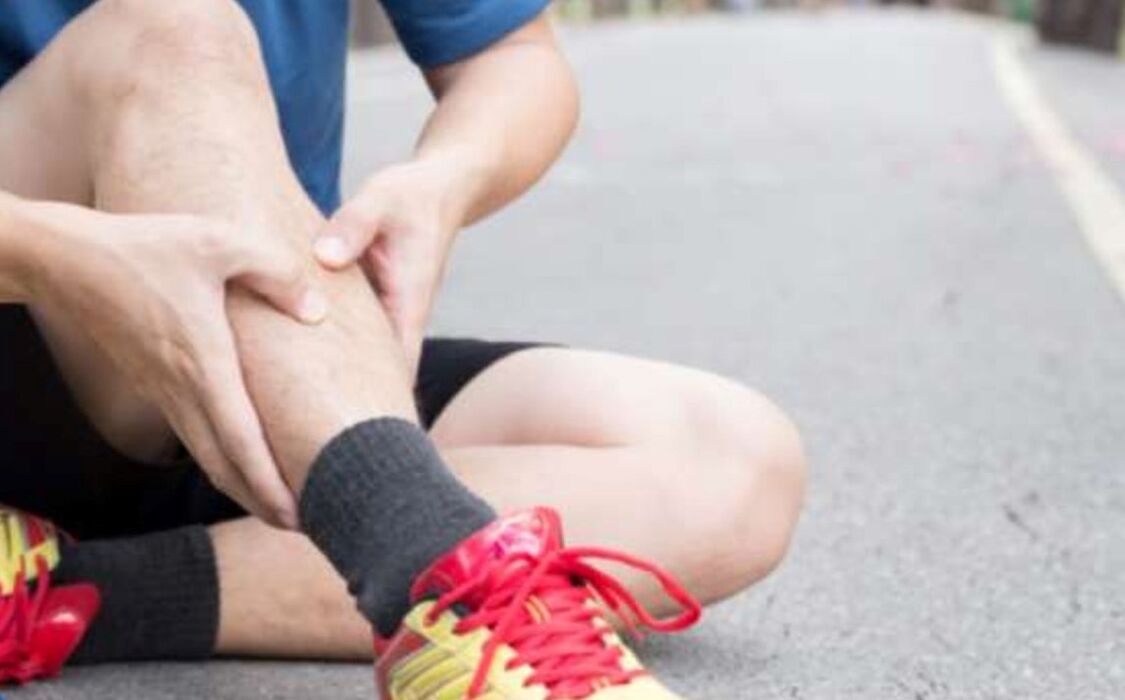Varicose veins have traditionally been considered a "women's" disease. However, this idea is wrong, men also have varicose veins. In addition, they courageously endure the symptoms and go to the doctor quite late, when the disease is already in an advanced stage, and this is not surprising: men are not too worried about the visual consequences of dilationveins - spider veins, bulging veins - and few people know that the disease can progress to the stage of trophic ulcers.

Varicose veins start long before varicose, twisted veins appear in the legs. This is a process that can progress and achieve a prolonged (chronic) course. Venous blood, which would flow from the bottom up from the legs and carry away metabolic products, gets stuck in the vessels. There are valves inside the veins that prevent blood from flowing back. As the disease progresses, the valves inside the veins stop closing completely and some blood flows in the opposite direction. Due to excessive accumulation of blood, the vessel wall dilates and twists. Blood circulation is impaired, swelling, soreness and worse is felt.
Without treatment, varicose veins can lead to complications: thrombophlebitis (inflammation of the vein wall with the development of blood clots), dermatitis, trophic ulcers - open woundsIf not healed, there is a risk of infection. In some cases, complications of the disease can lead to disability. Varicose veins are not just a condition of the veins in the legs, an equally serious problem for men is the dilation of the pelvic veins. In particular, it can contribute to other problems, such as hemorrhoids.
What contributes to the development of varicose veins:
The main factors that affect the development of varicose veins are considered sedentary lifestyle, sedentary work, overweight. Improper nutrition also plays a big role. For example, eating a large amount of meat dishes, spicy, starchy, low-fiber foods can cause chronic constipation, increasing blood stagnation in the veins of the small pelvis and legs. The effects of alcoholic beverages are enormous: drinking excessively dilates the walls of the veins. Varicose veins are already dilated, alcohol increases the negative effects and contributes to the disease progression.
Signs of varicose veins:
- vascular network or varicocele;
- varicose veins, complex or varicose veins;
- discolored, dry, thin skin.
More specific symptoms that indicate the development of varicose veins may be:
- feeling of fullness and heaviness in the legs;
- calf muscle pain;
- itching, burning, tingling, and even nocturnal cramps;
- tired;
- a symptom of restless legs.
How to treat varicose veins?
Treatment of varicose veins should be comprehensive: the doctor chooses a treatment plan. It is advisable to adjust your lifestyle. Benefits for vein health:
- physical therapy;
- go for a walk;
- swimming;
- cross-country skiing;
- ride bicycle.
To help blood circulate more actively through the veins, massage the buttocks, thighs, legs, feet is very useful. Should gently stroke and shake the muscles (from the buttocks to the legs), without affecting the varicose areas. The duration of the procedure is 5-10 minutes per day.
An important place in treatment is given to special drugs that improve the tone of the veins - venotonics.
Venotonics are local and systemic
For example, topically or externally, is a preparation containing three ingredients that, thanks to the innovative delivery system of the substances, quickly penetrates the skin and helps to combat heaviness in the legs and swelling of the feet. them, it does not leave a sticky feeling and marks on clothes and skin. . .
As a rule, topical remedies are recommended to be used in conjunction with systemic tonics (those that are taken orally, in tablet form). The drug works at any stage of varicose veins, acts on the cause of varicose veins from the inside and helps to cure pain and swelling in the legs. The drug is very convenient to use: only 1 tablet of 1000 mg per day.
Varicose veins are a non-gendered disease. It must be treated as soon as possible, starting at the first signs of the disease. Approaches include lifestyle changes, wearing special pressed knitwear (for men, comfortable knee-highs), and using medications prescribed by your doctor.












































